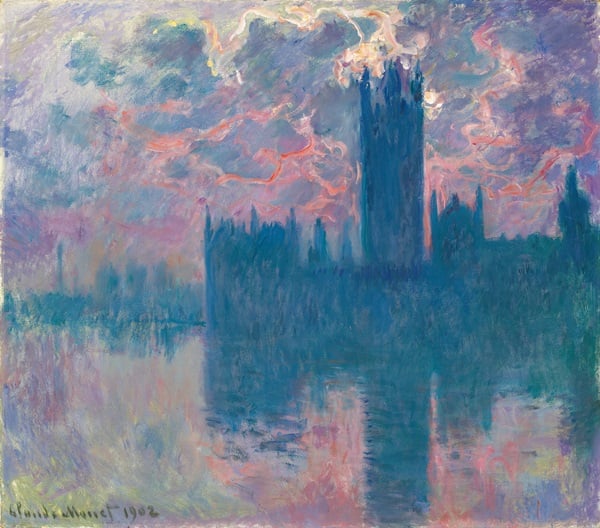Art & Exhibitions
A Brief History of Money in the Monet Market

Photo: Courtesy Christie's.

Eileen Kinsella

A review by Nick Foulkes writing in Newsweek about the “Inventing Impressionism” exhibition at the National Gallery in London, England, includes some interesting early art market history about master art dealer Paul Durand-Ruel.
The National Gallery dubs him “the man who sold a thousand Monets,” and Foulkes says that, in many ways, Durand-Ruel “was the forerunner of modern dealers like Charles Saatchi.” (See Edward Lucie-Smith’s review on artnet News: National Gallery of London Sheds New Light On First Modern Art Dealer and Impressionist Champion and Musée d’Orsay Curator Sylvie Patry On the Origins of the Modern Art Market.)
Foulkes writes: “The phenomenon of Impressionist painting is as intriguing as the work itself and, focusing on the role of the Parisian art dealer Paul Durand-Ruel, this show explains how the hunger for Impressionist painting was created as much by skillful business techniques as by the art itself.”
A typical Durand-Ruel coup, writes Foulkes, “was to try and corner the market in a certain artist and then promote the hell out of them. Believing in advertising and PR, he made use of solo artist shows to boost the star quality of his acts rather than just presenting them as participants in a movement.”
Hmm… sounds awfully familiar to those of us who follow today’s market machinations by dealers and auction houses. To quote Seinfeld: “Not that there’s anything wrong with that.”
Foulkes also recounts how Durand-Ruel sought backing from wealthy collectors and brought additional capital by publicly offering shares of his gallery for sale. His business savvy helped him expand into export markets and open branches in Brussels, Vienna, London, and New York.
The show reunites five of 15 Poplar paintings that Monet exhibited in 1892, to give an idea of that original exhibition in Paris. “Except that we view these pictures through the distorting glass of more than a century’s hysteria about Impressionism,” says Foulkes. “It is hard to respond to these paintings without addressing their financial value and their historical significance.”
Also on view are Edgar Degas’s scenes of the ballet and horse races, Monet’s flower and snow paintings, and Pierre Auguste Renoir’s dance paintings, Dance in the Country and Dance in the City.
Amazingly, Foulkes doesn’t actually quote any historical prices, though of course most market observers are well aware of what type of prices these works fetch nowadays. The current record of $80.4 million (£40.9 million) was set at Christie’s London in June 2008 for Le bassin aux nymphéas (1919).
And speaking of marketing, Christie’s will offer Monet’s Le Parlement soleil couchant with an estimate of $35–$45 million at its new sale “Looking Forward to the Past,” which, falling on May 11, is part of its revamped spring schedule (see: Why is Christie’s Shaking Up Its Spring Schedule? and Sotheby’s Unveils Blockbuster Monet Consignment That Could Fetch $78 Million).
Foulkes recalls how Sotheby’s Impressionist specialist Philip Hook, author of The Ultimate Trophy, described standing in front of one of Monet’s landscape paintings and seeing the lines of trees in the distance take new form as a “shimmering but unmistakable impression of a dollar sign.”
Newsweek‘s reviewer notes that, increasingly, fairs around the world have a larger and larger impact upon the contemporary art market. “Perhaps,” he surmises, “one day the National Gallery will mount a show on the role of Frieze and Art Basel in shaping the tastes in art in the 21st century.” (In June, an enhanced version of the exhibition at the National Gallery show will go on view at the Philadelphia Museum of Art. “Discovering the Impressionists: Paul Durand-Ruel and the New Painting” will be open to the public on June 24.)